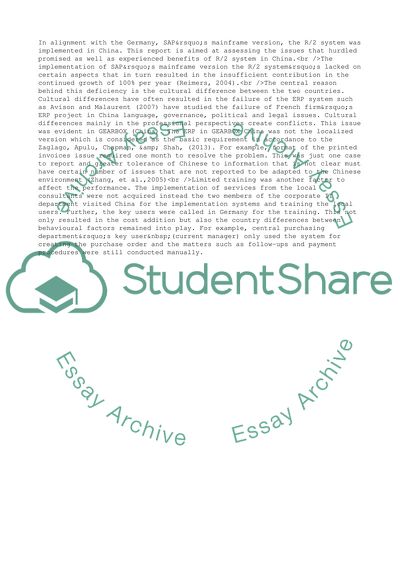Cite this document
(Implementation of R/2 System in China Case Study, n.d.)
Implementation of R/2 System in China Case Study. https://studentshare.org/management/1809346-case-studies-in-digital-transormation
Implementation of R/2 System in China Case Study. https://studentshare.org/management/1809346-case-studies-in-digital-transormation
(Implementation of R/2 System in China Case Study)
Implementation of R/2 System in China Case Study. https://studentshare.org/management/1809346-case-studies-in-digital-transormation.
Implementation of R/2 System in China Case Study. https://studentshare.org/management/1809346-case-studies-in-digital-transormation.
“Implementation of R/2 System in China Case Study”. https://studentshare.org/management/1809346-case-studies-in-digital-transormation.


